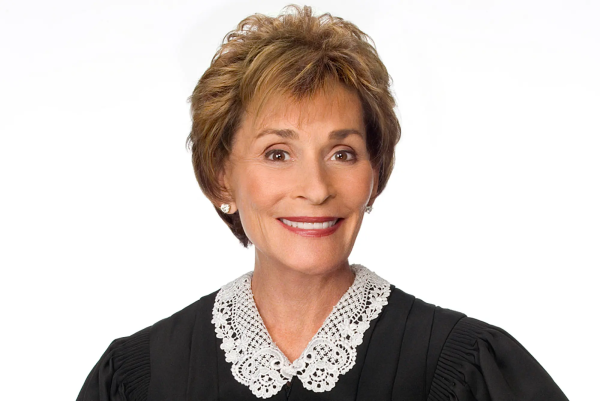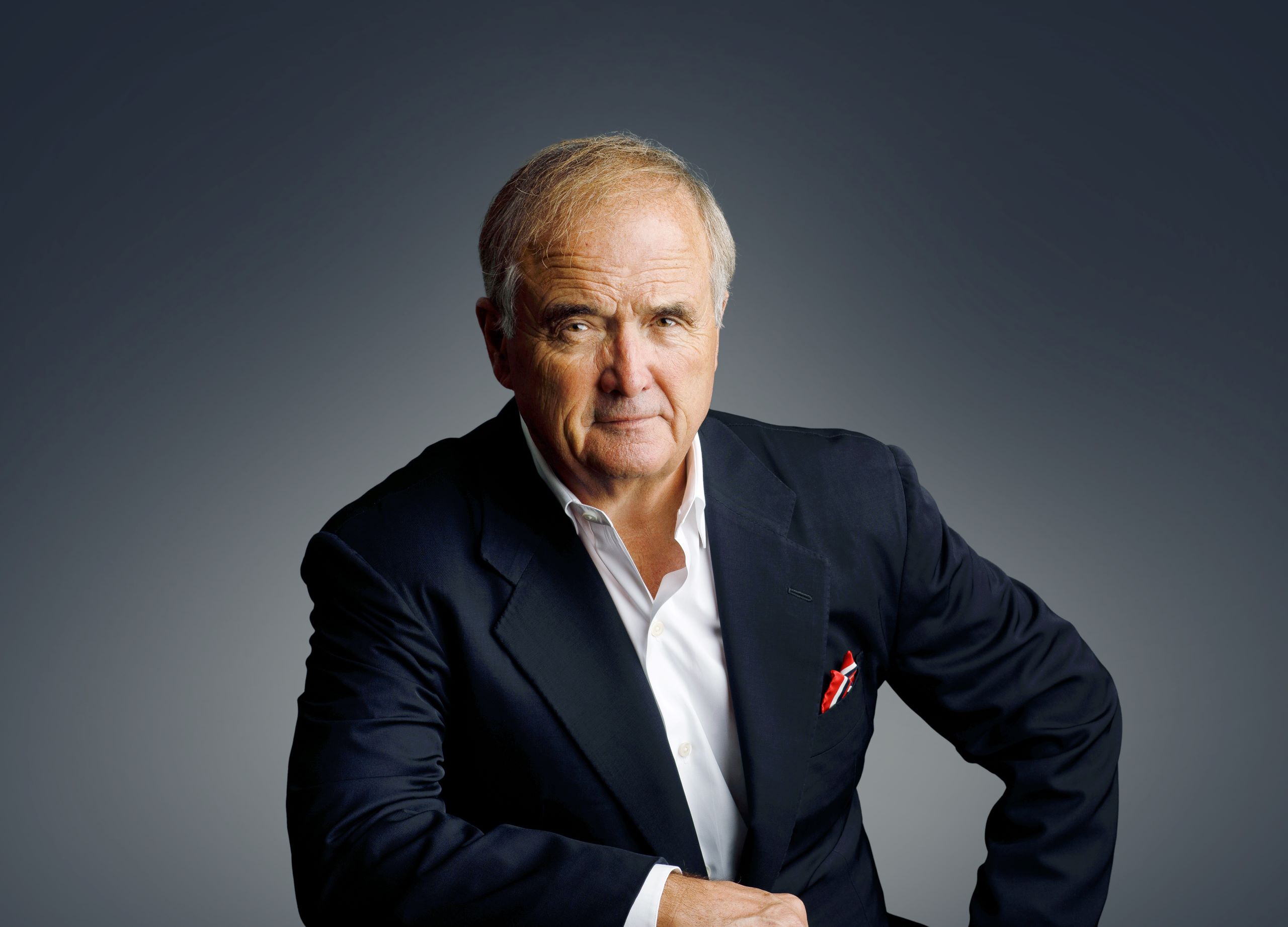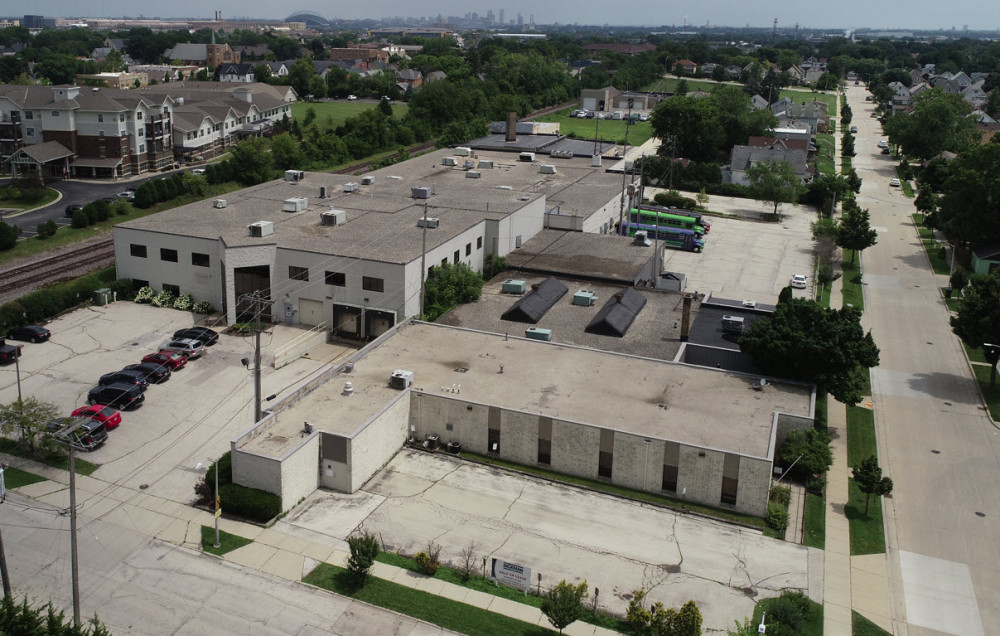SIGN UP FOR REAL ESTATE MARKET NEWS & TRENDS

A Financially Smart Move for Luxury Buyers and Investors
Naples, Florida, has long been known for its pristine beaches, world-class golf courses, and exclusive luxury communities. In recent years, it has become much more than just a paradise for sun-seekers. It’s now one of the most desirable destinations for high-net-worth individuals (HNWIs) looking to relocate—not only for its exceptional lifestyle but also for its financial advantages.

With zero state income tax, low property tax rates, and a real estate market that consistently appreciates, Naples offers more than just coastal beauty—it provides a strategic financial opportunity for the world’s elite.
Let’s explore why the ultra-wealthy are choosing Naples over other Florida hotspots like Miami and Palm Beach—and why this city is becoming one of the most coveted real estate markets in the country.
1. Florida’s Tax Advantages – Keeping More of What You Earn
One of the biggest draws to Naples is Florida’s tax-friendly environment, which is particularly appealing to high-income individuals, retirees, and investors.
- No State Income Tax – Unlike high-tax states such as New York, California, and Illinois, Florida does not impose a state income tax, allowing residents to keep more of their earnings.
- Favorable Property Taxes – Florida’s average property tax rate is around 0.83%, significantly lower than New York’s 1.69% and New Jersey’s 2.42%, making it far more attractive for luxury real estate buyers.
- No Estate or Inheritance Tax – Wealthy individuals looking to preserve their assets for future generations benefit from Florida’s lack of an estate tax.

2. The Influx of Ultra-Wealthy Residents – A Growing Power Hub
Naples isn’t just attracting the wealthy—it’s attracting the ultra-wealthy.
- A Mass Migration from High-Tax States – Affluent residents from New York, California, and Illinois are seeking refuge in Naples' tax-friendly market.
- The New Billionaire Playground – CEOs, hedge fund managers, and tech entrepreneurs are acquiring Naples’ most exclusive properties.
- A Shift in America's Wealthiest Neighborhoods – Naples is now home to some of the most expensive zip codes in the country.
3. The Naples Lifestyle – Why It’s a Magnet for the Wealthy
- World-Class Golf and Yachting – With over 80 championship golf courses and exclusive yacht clubs, Naples is a haven for sports enthusiasts.
- High-End Shopping and Fine Dining – Fifth Avenue South and Third Street South offer luxury boutiques and Michelin-starred restaurants.
- Cultural and Arts Scene – Artis—Naples, home to The Baker Museum and the Naples Philharmonic, brings world-class performances to the city.
- Privacy and Security – Naples provides a more secluded and tranquil environment compared to Miami and Palm Beach.

4. Real Estate in Naples – A Smart and Stable Investment

- High Demand, Limited Supply – Naples is experiencing record-low housing inventory in the ultra-luxury sector.
- Property Values Continue to Climb – Luxury waterfront estates and high-end condos continue to appreciate.
- A Hedge Against Economic Uncertainty – Prime locations near beaches, golf courses, and private marinas ensure Naples properties remain valuable.
Who Calls Naples Home? Celebrities and Billionaires Living the Luxury Lifestyle
Notable Celebrities Who Live in Naples:

Bob Seger Rock Legend |

Judge Judy Sheindlin TV Personality |

Sean Hannity Political Commentator |

Mike Ditka NFL Hall of Famer |

Jane Seymour Actress |

Alex Lifeson Guitarist for Rush |
Fuzzy Zoeller Professional Golfer |

Donna Summer Music Icon (Legacy Estate) |

Larry Bird NBA Hall of Famer |
Billionaires Who Call Naples Home:

Shahid Khan Net Worth: $13.3B Owner of Jacksonville Jaguars, Fulham FC, Flex-N-Gate |

Tom Golisano Net Worth: $6.8B Founder of Paychex, Philanthropist |
Richard M. Schulze Net Worth: $4.5B Founder of Best Buy, Philanthropist |

David Hoffmann Net Worth: $1.5B+ Chairman of Hoffmann Family of Companies |
The Ultimate Destination for Wealth, Luxury, and Smart Investments
Naples isn’t just another luxury market—it’s a strategic investment opportunity.
For those looking to relocate, invest, or establish a long-term presence in a thriving luxury enclave, Naples checks every box
- Tax advantages that protect and grow wealth.
- An influx of elite buyers reinforcing exclusivity.
- A stable and appreciating real estate market.
- Privacy and prestige unmatched by other Florida cities.
A Rare Opportunity to Secure Your Place in Naples’ Luxury Market

A shovel-ready, one-acre waterfront property across from Lowdermilk Park offers a rare opportunity.
- ✔ Pre-approved for four ultra-luxury condos
- ✔ Private boat slips for immediate Gulf access
- ✔ Steps from Naples’ best dining, shopping, and cultural attractions
With rising demand and limited waterfront availability, this is one of the most valuable real estate opportunities today.
Learn more here: https://fre.com/498L3



